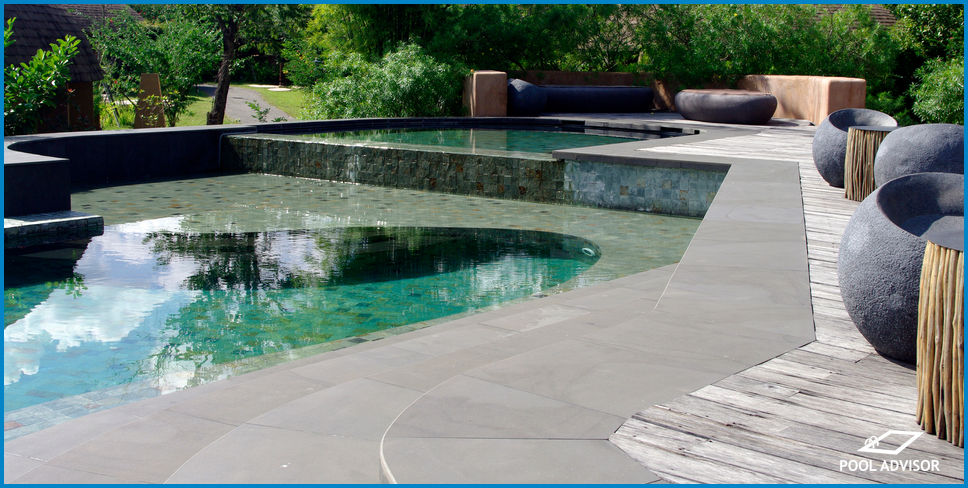
AstralPool VX Salt Chlorinator No Flow Light - How To Fix?
Occasionally, salt chlorinator cells may show a no flow light. This typically indicates that there is not enough water present in the system to perform electrolysis, but your no flow light can also turn on for other reasons.
In this guide, we will discuss the various reasons your chlorinator may be showing a no flow light, as well as what you can do to fix these problems.
How To Fix Hurlcon VX Salt Chlorinator No Flow Light
Check The Salt Cell For Air Bubbles
The salt cell of your chlorinator is the area where electrolysis is performed, turning your pool’s salt into free chlorine. This unit must be completely full of water in order to operate properly, or else your chlorinator will show a no flow light.
Inspect your salt cell for air buildup. In AstralPool salt cells, there will be a small sensor tab connected to a blue lead. This sensor tab must be completely submerged in water in order for your chlorinator to work properly.
To remove air from this unit, use the air bleeder on your salt cell if one is provided. If not, run the pump at a high speed while the chlorinator is shut off in order to force some of the air bubbles out.
If this does not work, you may need to disassemble your salt cell to remove the air bubbles and to ensure that the cell is not leaking.
Consult the VX salt chlorinator manual for advice or consider getting a professional to do this for you to avoid any damage to the salt cell.
Salt Cell May Need Cleaning
Sometimes, a no flow light can be an indicator that your salt cell needs cleaning. Over time, salt cells develop what is known as calcification, or a buildup of hard minerals on the ceramic plates that perform electrolysis.
As these plates get covered in more and more buildup, less and less water will contact the plates directly, which can make the salt chlorinator think that the water flow is low.
If you need help cleaning your salt cell, check out our guides on this topic. We have guides available for both cleaning your salt cell with vinegar or with hydrochloric acid.
Salt Cell May Need To Be Replaced
If your salt cell is reasonably old, it may need to be replaced. These salt cells have a lifespan of 10,000 operational hours, which can be between 4-7 years depending on how long your pool is used during each year.
Signs that your salt cell needs to be replaced include being unable to clean the salt cell, chipped areas on the electrolysis plates, or any small leaks that may be allowing air into the system.
Make Sure The Pump Is Operating Normally
Occasionally, your pool’s pump may be the reason that your AstralPool VX salt chlorinator is showing a no flow light. If your pool’s pump is struggling to provide enough water to your salt cell, there is likely an issue with its operation.
Ensure that your pump system is not clogged. Check skimmer baskets, accessible plumbing lines, the check value of your pump, as well as the filter unit itself to make sure nothing is being blocked by a large amount of debris.
If your filter is dirty, check out this guide on how to clean your cartridge filter.
Leaks in your pump system may also allow air into your salt chlorinator, causing the no flow light to turn on.
Conclusion
On occasion, salt chlorinator cells may show a no flow light. This can be caused by a lack of water flow, but more commonly there are other issues at play. Luckily, this problem is fairly easy to troubleshoot and fix on your own.
Do you have any questions about the no flow light on your AstralPool Hurlcon VX Salt Chlorinator? Get in touch with us in the comments, we’d love to help you out!

Louis
A chemical engineer by trade, Louis is committed to debunking myths in the pool industry by explaining the underlying chemistry and making it accessible to all.
